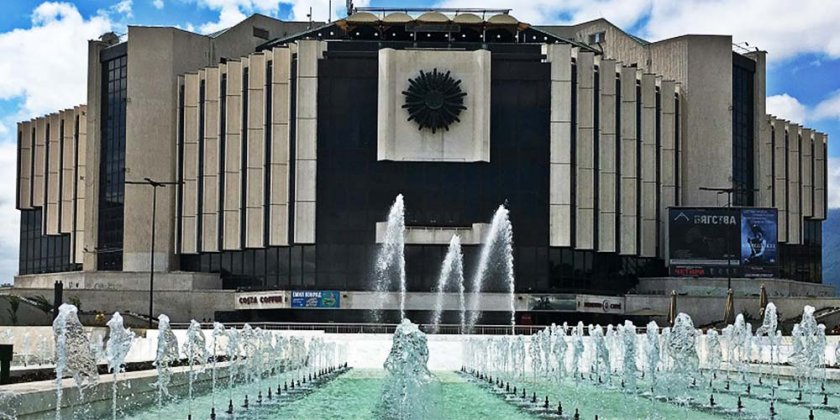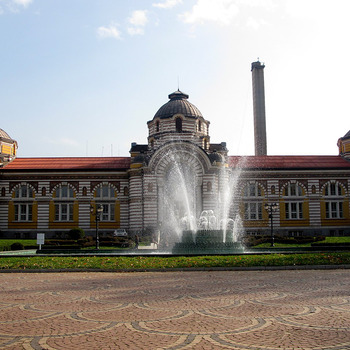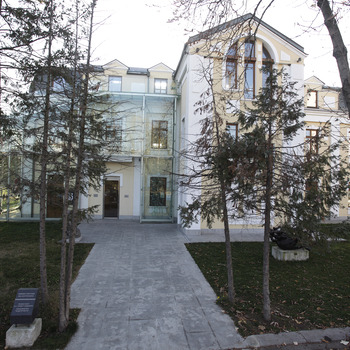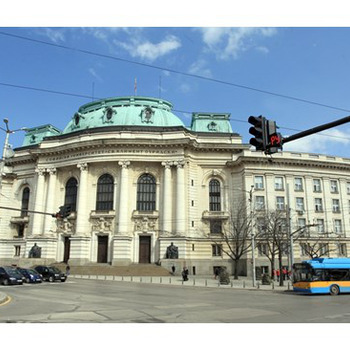National Palace of Culture - Sofia
Overview
The National Palace of Culture is a large multifunctional centre. It was officially opened in 1981 to mark 1300 years since the founding of the Bulgarian state.
It was designed to host a wide range of events such as international conventions, official meetings, conferences, symposia, discussion panels, exhibitions, festivals, concerts. The Palace is located in downtown Sofia and is surrounded by a park area.
The main building was designed by Alexander Barov and his team of architects. The park area was designed by landscape architect Valentina Atanassova.
The initiative to construct a large-scale cultural center in Bulgaria’s capital belongs to the leadership of the Sofia chapter of the Bulgarian Communist Party in the mid-1970s. The actual first steps to implement the idea were taken in 1975 and included defining the scope of work, carrying out a feasibility study, and developing the design for the project. At the time this part of downtown Sofia was not well developed and chaotic. Shortly after the WWII bomb attacks in Sofia, a dozen makeshift buildings were haphazardly erected on that terrain, alongside the existing coal freight train station, old military barracks, and hundreds of hectares of barren land. That is why the Bulgarian Communist Party and the Sofia Municipal Council decided to improve this urban area and turn it into a modern space that is part of the city centre and that offers a grand view of Vitosha Mountain. The terrain was initially earmarked for a new opera house. An international competition had been announced for the opera house design and construction, with the participation of local and international architects. The jury was chaired by the then head of the Culture Commission Pavel Matev. However, the Commission did not select a winner and the competition fell through. After heated discussion unanimous decision was reached that the space should be turned into a multifunctional cultural centre. Almost all European cities at the time had similar centres.
Volunteer work and financial contributions from many Sofians were invested in the construction of the Palace. The construction took 335 000 cubic meters of concrete, and 1,7 million tonnes of earth were dug out. Around 10 thousand tonnes of metal constructions were used, which is approximately the same quantity used for the construction of the Eiffel Tower in Paris. Some referred to NDK as the second Alexander Nevski Cathedral. Both buildings are symbols of Sofia, they are similar in terms of size and scale, and the Bulgarian people contributed to the construction of both.
Recommended
- New National Palace of Culture Theater
- Vitosha Boulevard
- Lovers Bridge
- Earth and People National Museum


 Bulgarian
Bulgarian Romanian
Romanian





